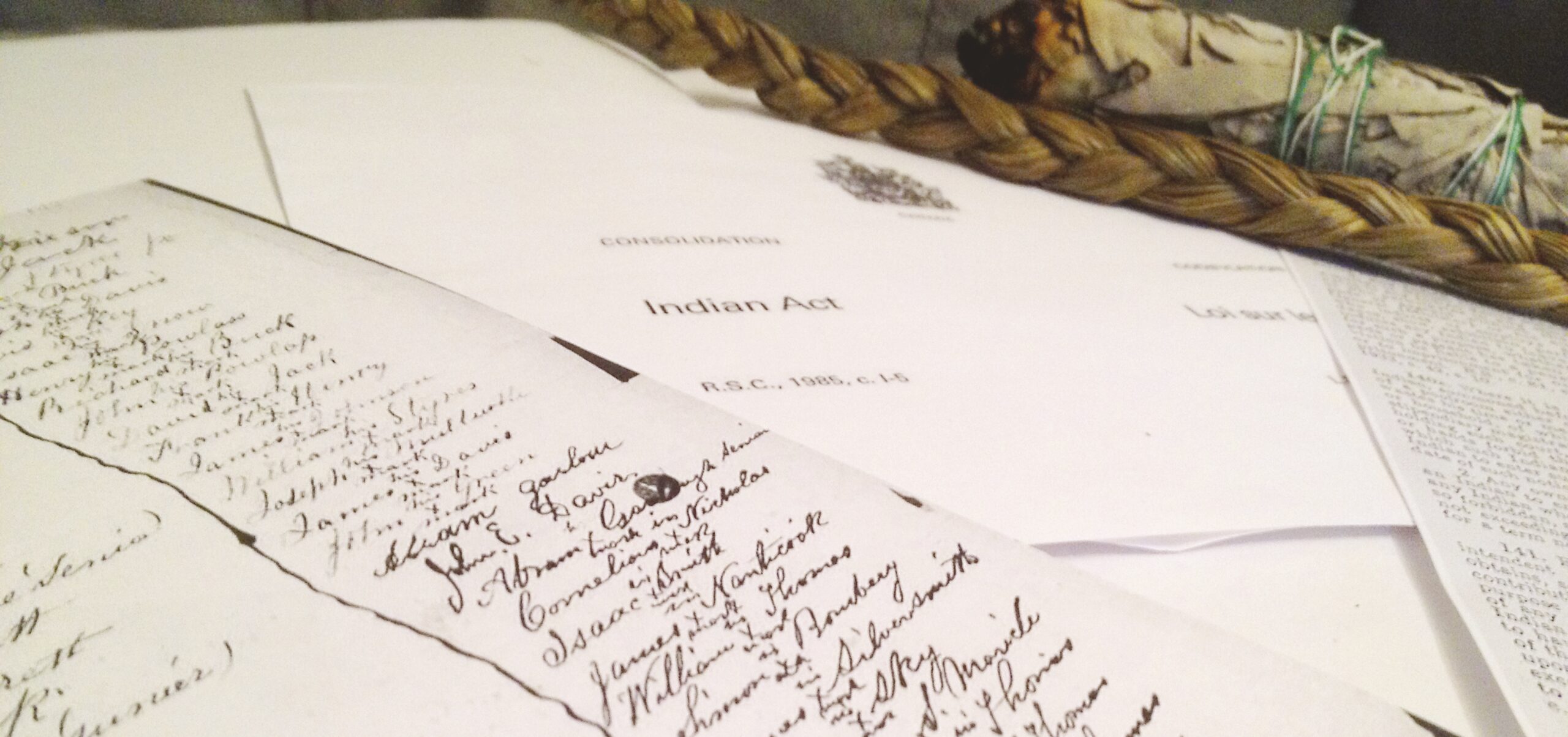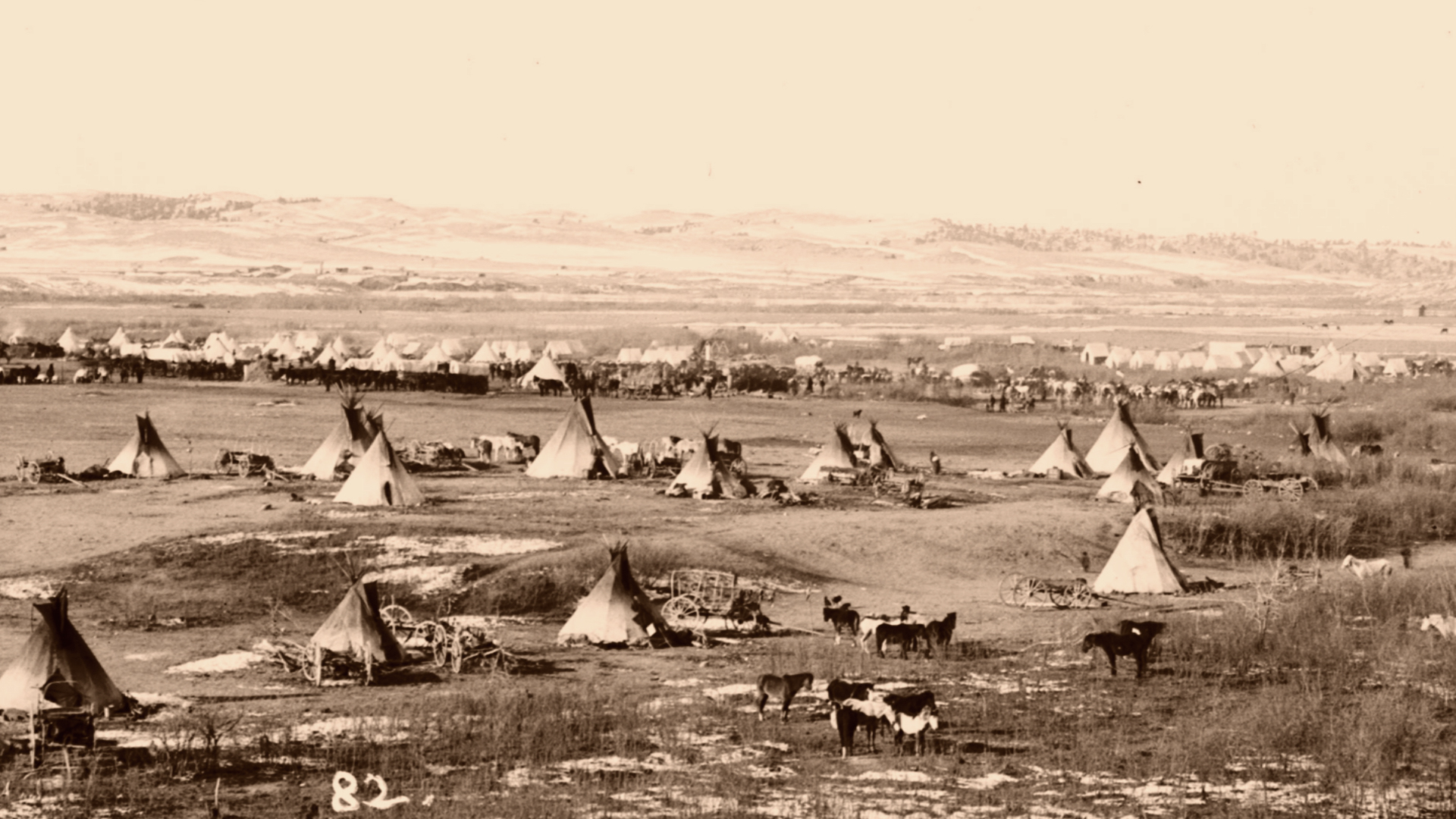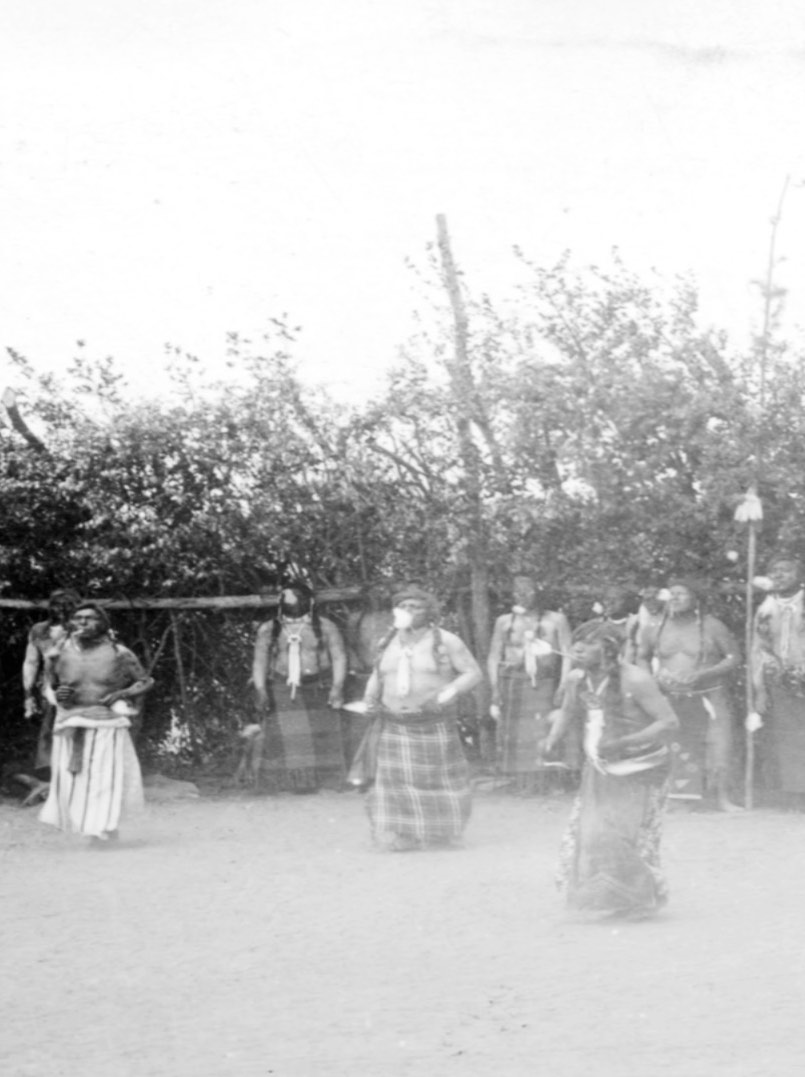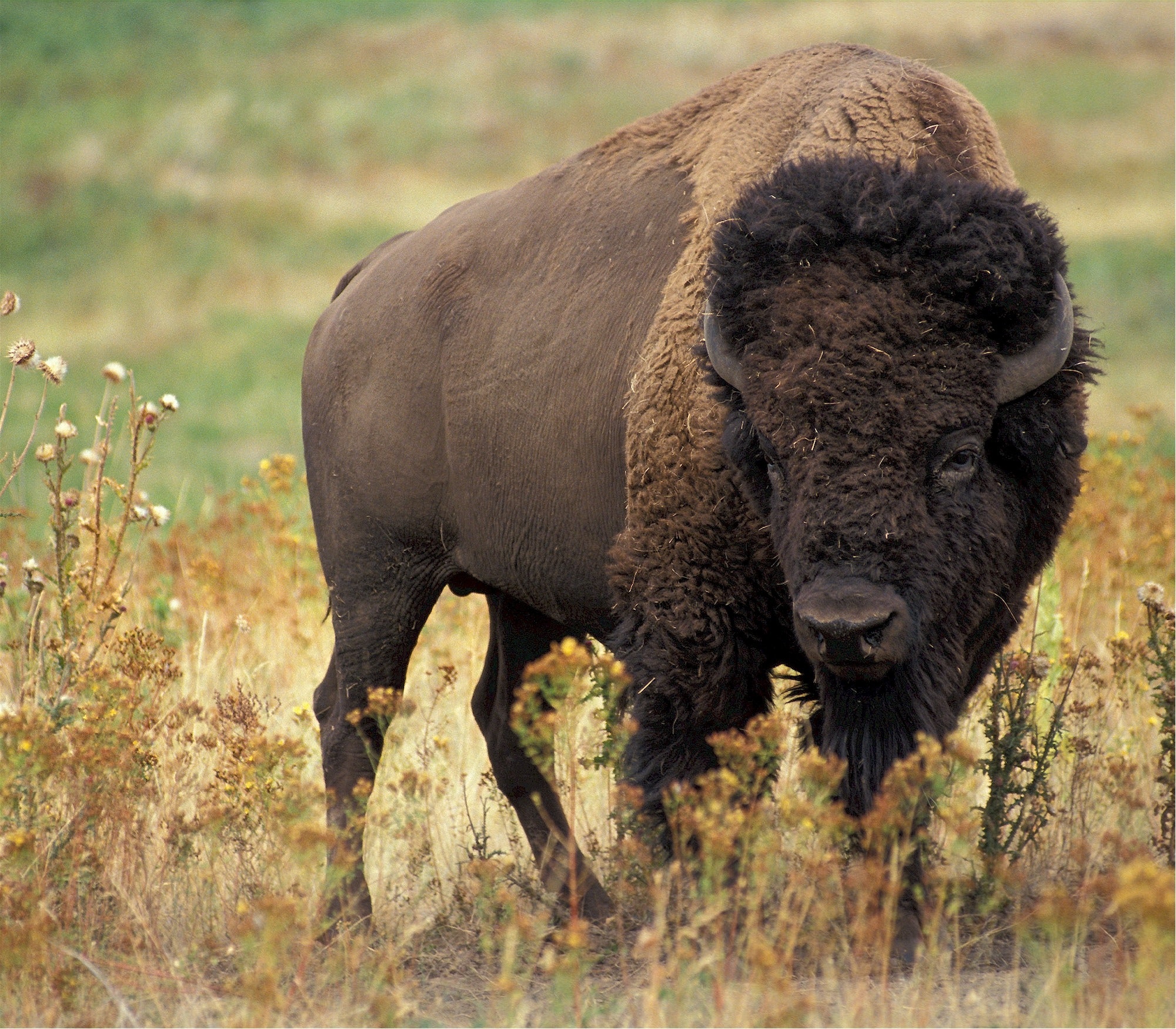Impacts
The impacts of contact were widespread, affecting every dimension of First Nations culture. Some of the major impacts are described below.
The Indian Act and its Amendments
In 1876, the Parliament of Canada passed the Indian Act, which gave the Canadian federal government exclusive authority over Indians and Lands Reserved for Indians. The Indian Act consolidated a number of previous acts involving control and regulation of all aspects of the lives of First Nations members.
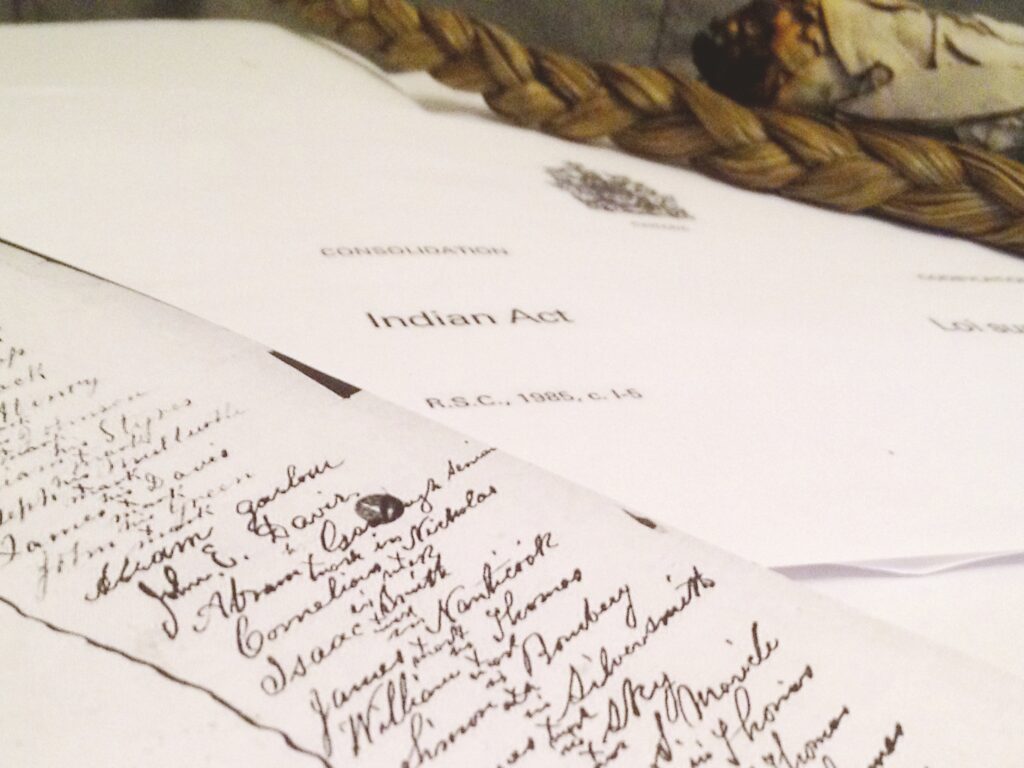
Residential Schools and Cultural Assimilation
First Nations children were forcibly removed from their homes and communities to attend residential schools. This was designed to force First Nations to abandon their traditional cultures and replace them with European/Canadian values, behaviours and attitudes. These policies were a profound assault on all dimensions of Indigenous cultures. Traditional languages, pride in heritage, traditional skills and knowledge and parenting skills were significant casualties of the residential school era, with the effects manifested in subsequent generations in what has been termed the intergenerational effect.
“No two languages are ever sufficiently similar to be considered as representing the same social reality. The worlds in which different societies live are distinct worlds, not merely the same world with different labels attached.”
—Amy Tan
Governance
The Canadian government has replaced most traditional First Nations governance systems with the band council system, and continues to pass laws to control First Nations council systems. Increasingly, First Nations are retaining and reclaiming jurisdiction of their communities and territories through self-government agreements.
Land Relationship
The European concept of the private ownership of land was alien to the worldview of First Nations. Furthermore, there was massive immigration by French and English settlers, a phenomenon that was not anticipated by First Nations. The need for land for colonizing settlers forced First Nations into pockets of land called “reserves” that were inadequate for growth, stability and even subsistence. First Nations with nomadic lifestyles were forced to abandon traditional ways of life.
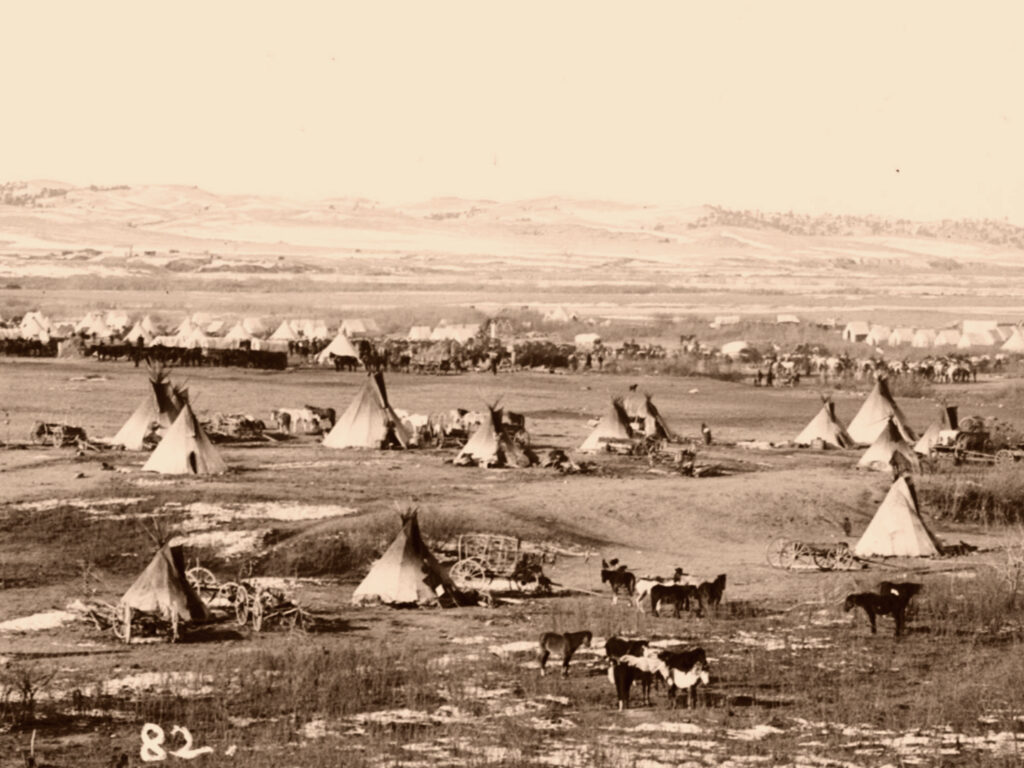
Suppression and Banning of Traditional Customs
From 1884 to 1951, Canadian law prohibited the potlatch, a festival celebrated by many Pacific Northwest First Nations. The potlatch is a ceremony that reinforces political, social and economic connections among First Nations groups and consolidates relationships. Many other cultural practices were also banned including the Sun Dance, Sweat Lodge Ceremonies, and numerous other traditional practices and rites of passage.
“The ideal of a single civilization for everyone implicit in the cult of progress and technique impoverishes and mutilates us. Every view of the world that becomes extinct, every culture that disappears, diminishes a possibility of life.”
—Octavio Paz, Mexican poet
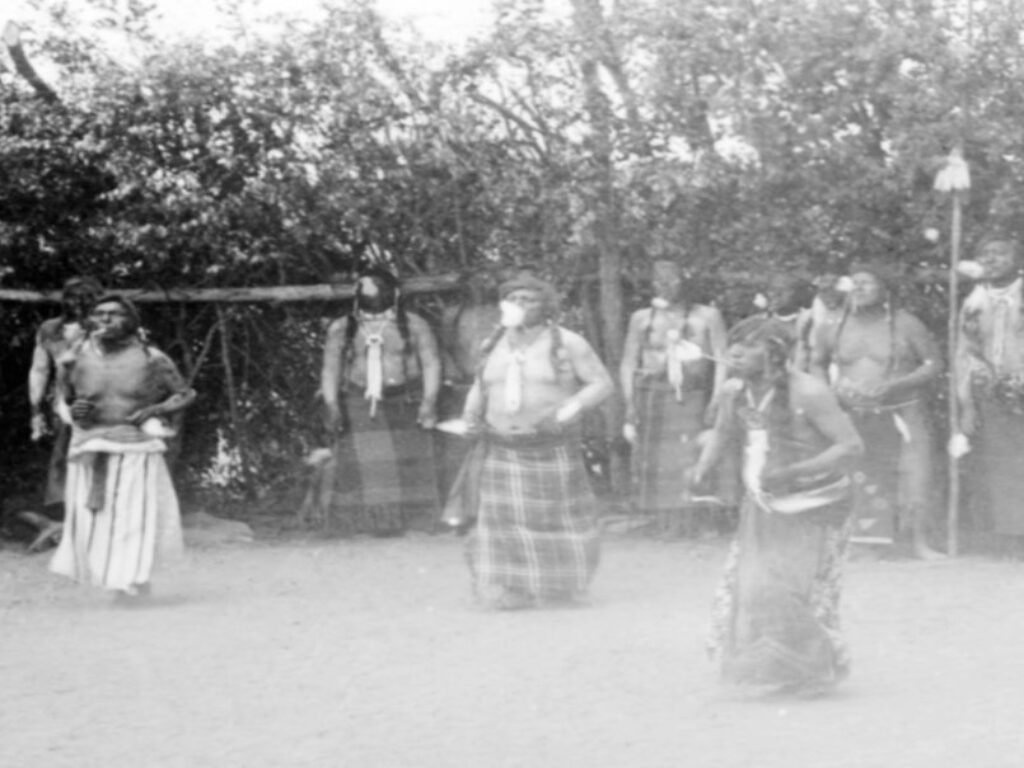
Cultural Appropriation
Cultural Appropriation
The phrase cultural appropriation refers to one culture using a dimension, characteristic, or image of another culture entirely out of its original context and significance. The most obvious examples are the use of First Nations names and images by sports teams, or the adoption of cultural characteristics like dream catchers or sweat lodges by non-First Nations people. Uses of First Nations cultural ideas and symbols can be considered offensive by First Nations members, particularly when cultural items are mass-produced by non-First Nations businesses for profitable purposes.
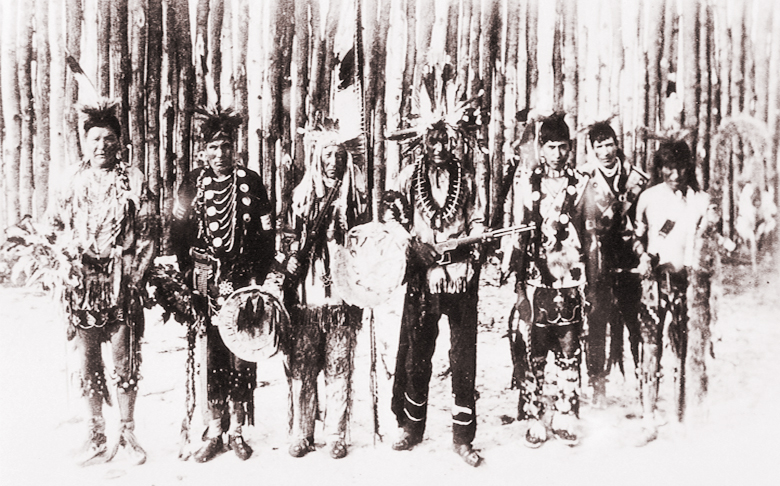
Denial of Advocacy
Provisions of the Indian Act forbade First Nations people from forming political organizations, and many First Nation leaders were jailed for trying to organize any form of a political organization.
Spirituality
European nations brought with them the dominant European religion of Christianity as well as demeaning attitudes toward the spirituality and cultures of First Nations peoples. Christian Missionaries made vigorous and successful efforts to convert First Nations to Christianity, which involved diminishing the value and importance of First Nations myths, legends and cosmologies.
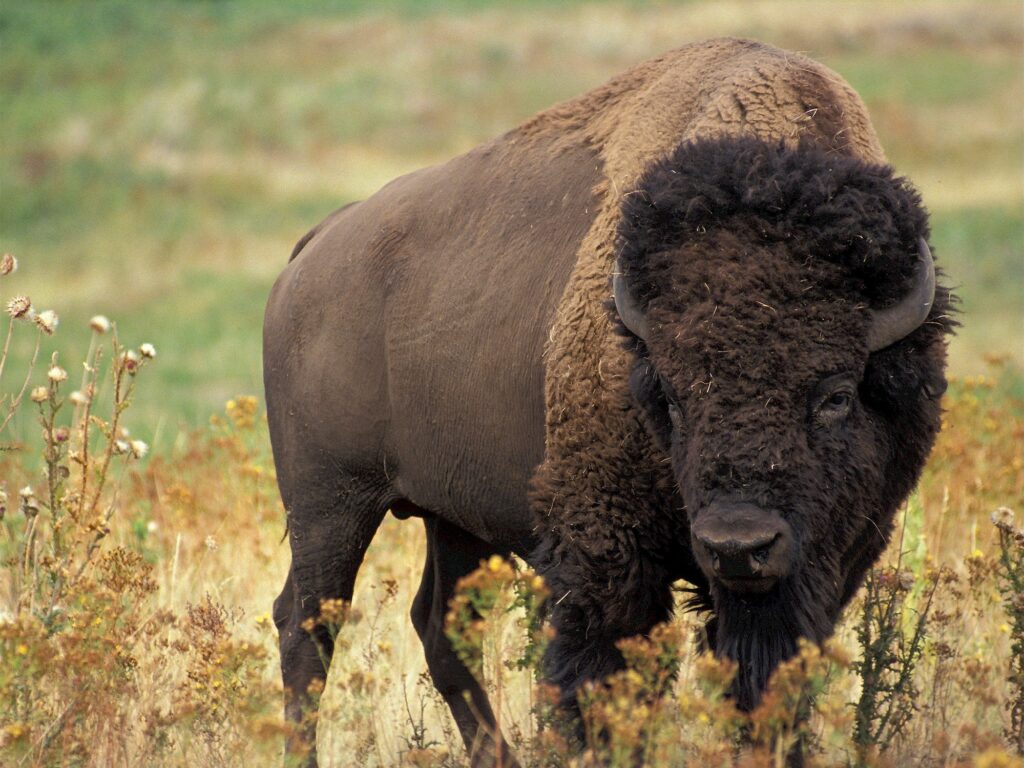
Discrimination, Racism and Stereotypes
Because Europeans viewed First Nations as uncivilized and savage, First Nations people have been subjected to various types of discrimination and racism, and the creation and transmission of denigrating stereotypes.
Treaties
Although Treaties are considered sacred agreements between nations, treaties between First Nations and European/Canadian powers are contentious and controversial because of a number of problems. In particular history indicates that signatories had significantly different understandings of the meanings, content, and scope of the treaties. Treaties were written by colonizers and were worded in ways that were not to the advantage of the First Nations.
Health
Prior to contact, Indigenous peoples lived in harmony with their environment, using their traditional wisdom and knowledge of the land and its resources to maintain health and promote healing. Since contact, a variety of policies, forces and events have led to a more sedentary lifestyle, dietary changes, and contaminated air, water, and land. These conditions have become serious threats to First Nations’ psychological, physical, emotional and spiritual wellbeing, resulting in a number of problems, including cardiovascular diseases, diabetes, and addictions.
The impacts of contact continue in First Nations communities today. The Assembly of First Nations and First Nations leaders advocate an approach to improve the condition of First Nations people and work toward reversing centuries of government neglect and interference.
First Nation governments must be enabled to plan and develop their internal governance systems through constitutional development, and oversee all key functions including citizenship, justice, economic development, health, education and social services.

